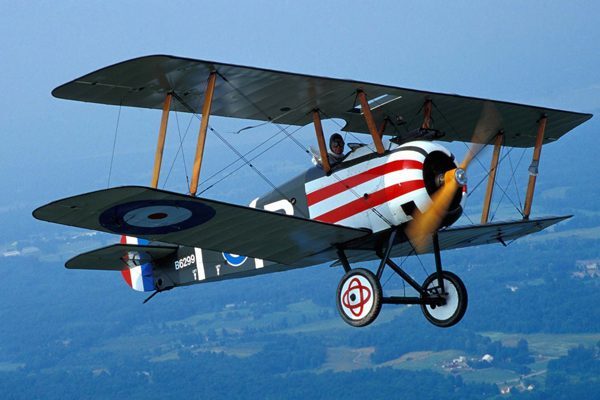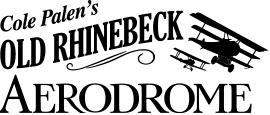
Sopwith Camel
- : United Kingdom
- : 1917
- : Various Rotaries
- 100 - 160
- 28 '
- 118 mph (189 km/hr)
- 1453 lbs (659 kg)
- : Active
- : Reproduction
The Sopwith Camel was considered the leading British fighter type of World War I. The Camel had been described at one time as the most maneuverable aircraft ever built. Its agility in the air was due largely to the torque effect of its rotary engine. The nose would tend to rise in left-hand turns and drop in right-hand turns. Experienced pilots used this to their advantage, but many inexperienced pilots found themselves in a spin at low altitude with tragic results. Nonetheless, Camel pilots were responsible for nearly 1,300 victories in WWI, the best of all Allied fighters.
The museum’s Sopwith Camel is a reproduction aircraft, was started in 1976 and completed in 1992. The fuselage was built by Nat de Flavia and the wings were built by Cole Palen. It was a regular airshow performer from 1992 to 2009. It was returned to flying status in the Spring of 2024. This machine is powered by a 160 hp Gnome rotary engine. The Camel is finished in the colors of Flight Lt. Norman M. MacGregor, No. 210 Squadron, RAF, who was credited with 7 victories. His 5th victory was over Oblt. Kurt Wolff, the 33-victory ace who was flying one of the first Fokker Triplanes.
Click for more information about the Sopwith Camel
